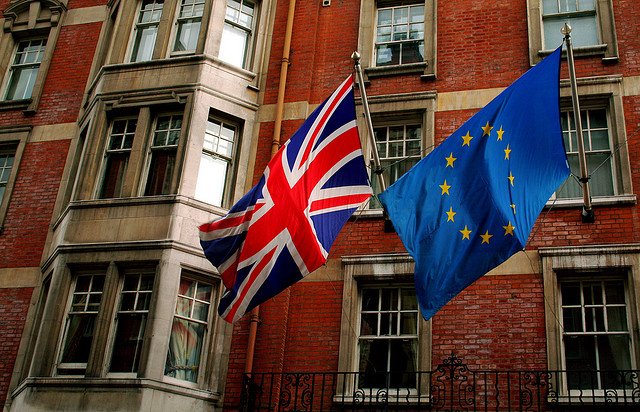UK equities remain elevated, with muted volatility, but the next ‘macro shock’ could quickly change this backdrop.
The FTSE 100 Index broke through its all-time high when it moved above 7,000 in spring this year. It has since retreated but remains at elevated levels. Investors are rightly wondering whether the market can advance further or if they need to prepare for volatile markets.
The FTSE 100 Implied Volatility Index (IVI) 30 Day measures volatility. It is derived from the prices of underlying FTSE 100 options, and can be considered a ‘fear gauge’ by investors.
Volatility trends
The chart plots the FTSE 100 IVI Index against the FTSE 100 Index. It is clear that rising markets are often characterised by periods of low volatility, while falling markets typically exhibit increased volatility. Euphoria appears to be accompanied by smoother markets than panic. Psychologically this makes sense; numerous studies have shown that humans feel losses more than gains of the same value. Economists call this “loss aversion”. When losses begin to accumulate in the market this can rapidly descend into self-reinforced panic as confidence in the prices of stocks evaporates.
Volatility is, therefore, not typically welcomed by investors. However, our strategy can exploit this volatility in share prices, aiming to convert it into a stream of absolute (positive) returns for investors. We blend two trading strategies within the Henderson UK Absolute Return Fund. ‘Core’ positions, typically one third of the fund, constitute long-term views on earnings growth potential of underlying companies. ‘Tactical’ positions, typically two thirds of the fund, take advantage of factors influencing stock prices over a shorter timeframe. Both strategies can either go ‘long’ or ‘short’.
Macro effects
It is these tactical positions, in particular, that equip us with the potential to generate positive returns whatever the market backdrop, and there are plenty of macroeconomic issues to keep investors concerned: the timing of interest rate rises; Greece; and Spanish elections in December, to name but a few.
We may not be able to consistently forecast what (or when) the next ‘macro shock’ will be, but it is a fairly safe assumption that there will be one, and that stock market volatility will spike.
Case study
Volatility has been historically low in the last couple of years, although it picked up ahead of the UK general election in May 2015. In the run-up to the election, we took some tactical short positions in those sectors that were likely to be penalised if Labour won, such as selected bank, utility and transport stocks. Before the unexpectedly definitive result came through, we were able to close many of these tactical short positions, and in some cases, reverse them into long positions, generating strong returns for the strategy after victory for the Conservative party was announced.
Ben Wallace and Luke Newman are Co-Managers of the Henderson UK Absolute Return Fund.


